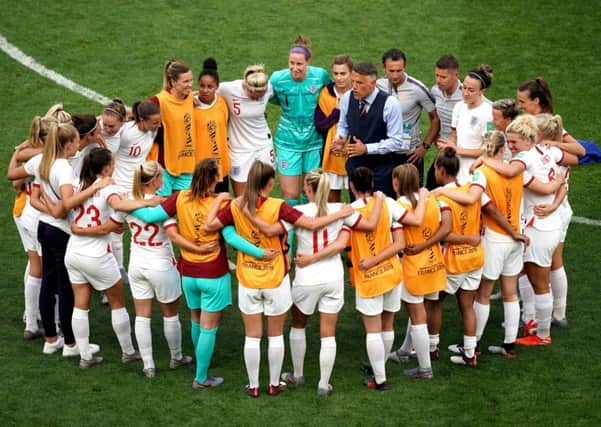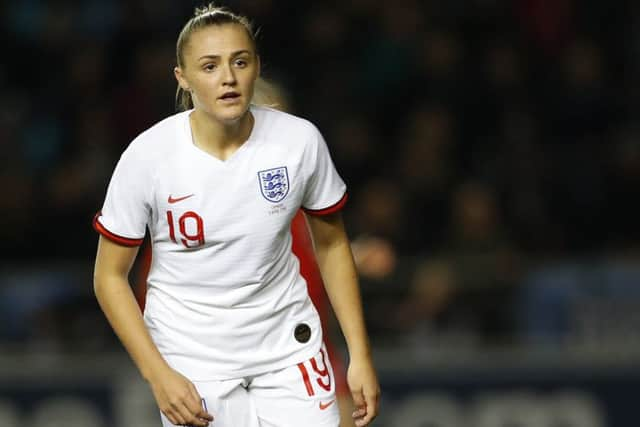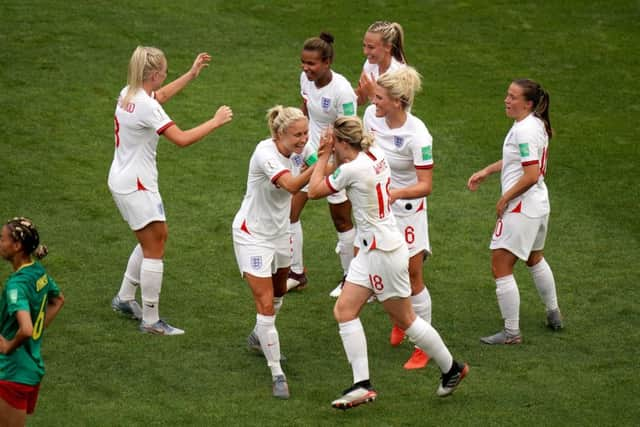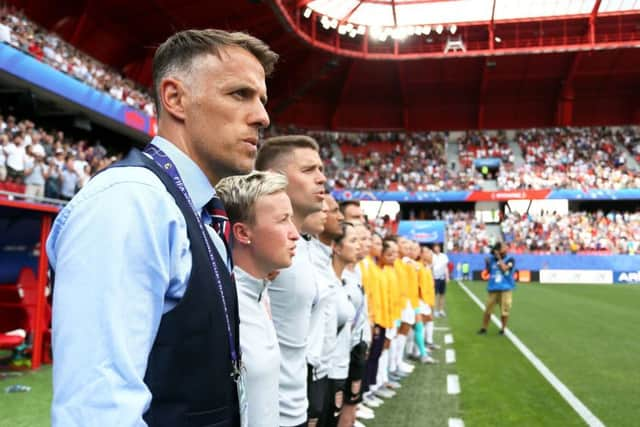Nick Westby – Why the next generation hold the key to future success of women’s football


As Harry Kane netted his sixth goal to win the Golden Boot, my lad was on the living room floor, playing with his toy trains.
The rite of passage from father to son would have to wait. The sticker album I had bought to try and generate his interest in the World Cup, gathering dust in a drawer.
Advertisement
Hide AdAdvertisement
Hide AdThere’s always the Euros in a couple of years, I thought. Turns out, I did not need to wait so long.


For 12 months on, my son is belatedly gripped by World Cup fever. He makes me record all the England games – friendlies included – and we watch them back in the morning.
His head is full of questions: Is that a red card? Will England win tonight? Can I play in goal for a girls team?
His favourite player in all the world, as he puts it, is Georgia Stanway, England’s attacking option from the bench.
Advertisement
Hide AdAdvertisement
Hide AdHe watched her score for Manchester City in the Women’s FA Cup final against West Ham in May and has been smitten ever since.


To the impressionable mind of my five-year-old son, Georgia Stanway is as big a figure in football as Lionel Messi.
To him, there is no gender gap in football. No historically dominant sex. Men play the game, women play the game. He’ll watch whoever.
Seeing the beautiful game through his eyes has given me a fresh perspective on the battle for equality in football.
Advertisement
Hide AdAdvertisement
Hide AdHe did not grow up in my era, the 1980s, when myself and practically every member of my generation went to watch football, men’s football, because there wasn’t much of an alternative.


It wasn’t even called men’s football back then.
The same can be said for my father’s generation and the one that came immediately after mine.
That’s all we knew.
All we were allowed to know, since the Football Association banned women’s football matches from the grounds used by its member clubs from 1921 to 1971.
When finally allowed ‘above ground’ the first World Cup did not take place for another 20 years.
Advertisement
Hide AdAdvertisement
Hide AdMedia is driving the current cultural shift, which is ironic given it was the media who neglected women’s football when it was finally allowed to the surface, our role in overlooking it preventing it from growing.
But now, television and newspapers are playing their part in the growth of the product.
New teams, new leagues, bigger sponsorship deals, television deals plus the support of some of the senior men’s clubs like Manchester City and Arsenal, are all contributing.
It has got to the stage where questions are asked in the media if the women’s game is not given equal billing, which is a sure sign of progress.
Advertisement
Hide AdAdvertisement
Hide AdThis summer’s World Cup is the biggest platform the sport has had – and fans are responding in kind.
Stadiums full of people out in France, television figures reaching record levels for women’s games on terrestrial television.
Six million people watched England versus Scotland on the BBC on the opening weekend.
Expect that number to have increased for yesterday’s second-round match between Phil Neville’s Lionesses and Cameroon.
Advertisement
Hide AdAdvertisement
Hide AdThe further they go in the tournament, the bigger the interest, the greater the impact, the higher the chances of more girls taking up football and of more children – of either sex – taking an interest.
If nothing else, the tournament so far has sparked plenty of debate.
Are the goals too big? Should the pitches be smaller? Is the standard lower because women are playing by the rules set by and for men? Are there too many teams at this World Cup? These conversations can only strengthen the sport.
There remains a long way to go before equality is achieved in football, before the women’s World Cup stands on equal footing with the men’s World Cup, before female stars are as marketable and wealthy as their male counterparts.
Advertisement
Hide AdAdvertisement
Hide AdEngland winning the World Cup in France would accelerate the cause. Interest will be piqued from new participants, new sponsors, new media partners.
But that interest has to last. Women footballers aren’t just for summer, a summer when the men are not in action.
Teams need supporting all year round, pathways need developing, a sustainable business model at local, national and international level needs establishing and adhering to.
But there is hope, where there perhaps was none a decade ago, and it is the next generation that holds the key.
Advertisement
Hide AdAdvertisement
Hide AdThose innocent five-year-olds who know no different, who watch Georgia Stanway and think she is the best in the world, not caring that she and her England team-mates will make less if they win the World Cup than the average Premier League footballer makes in a week.
In those impressionable eyes, women’s football stands a chance at parity.